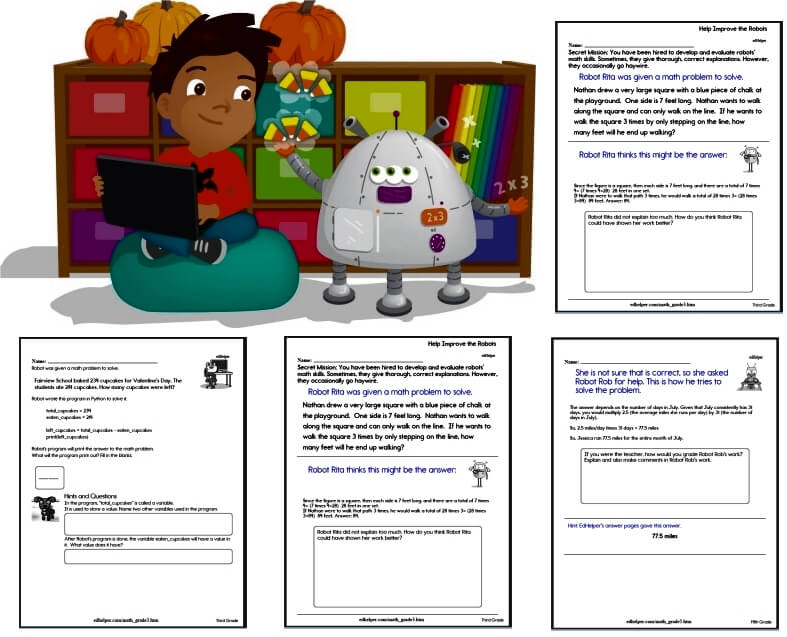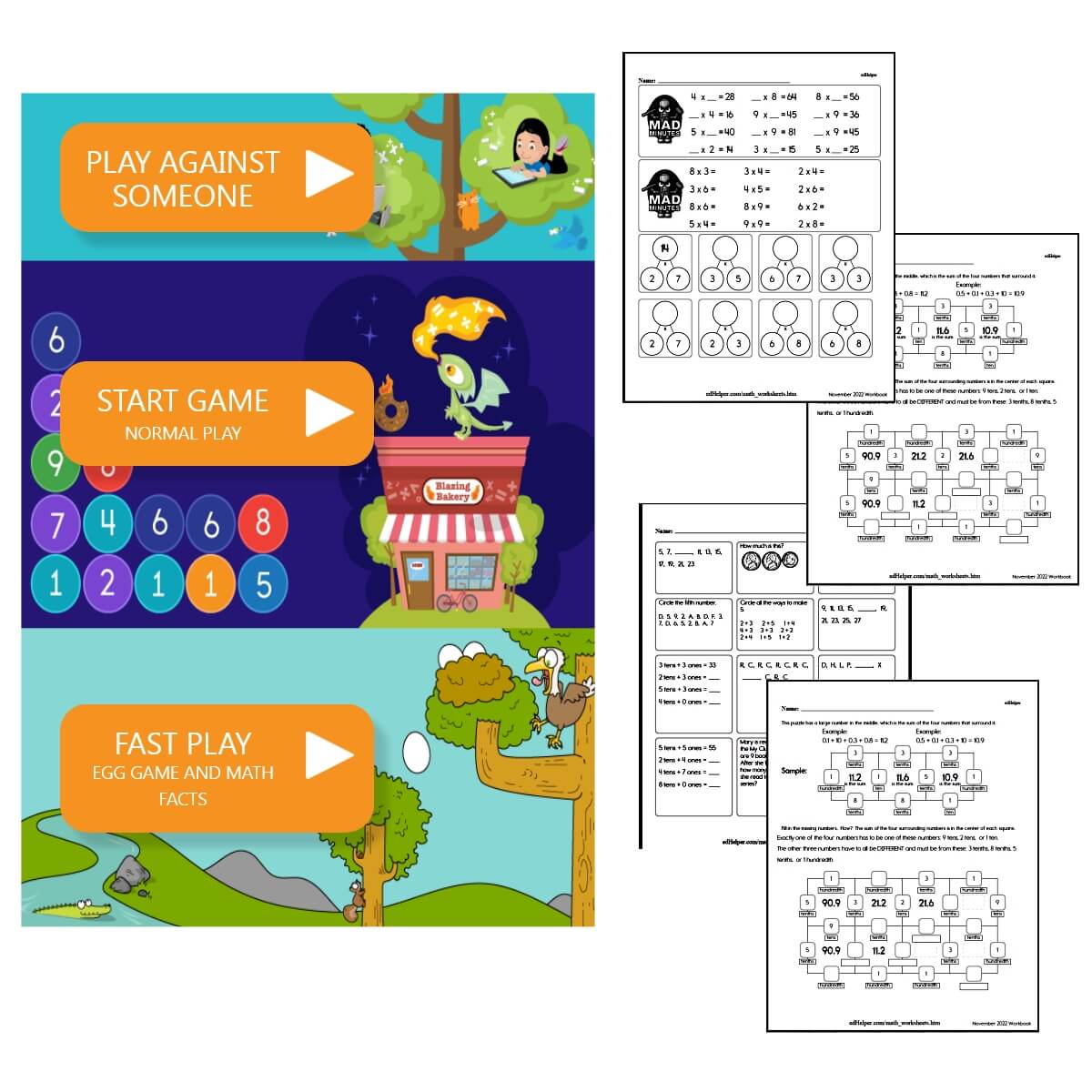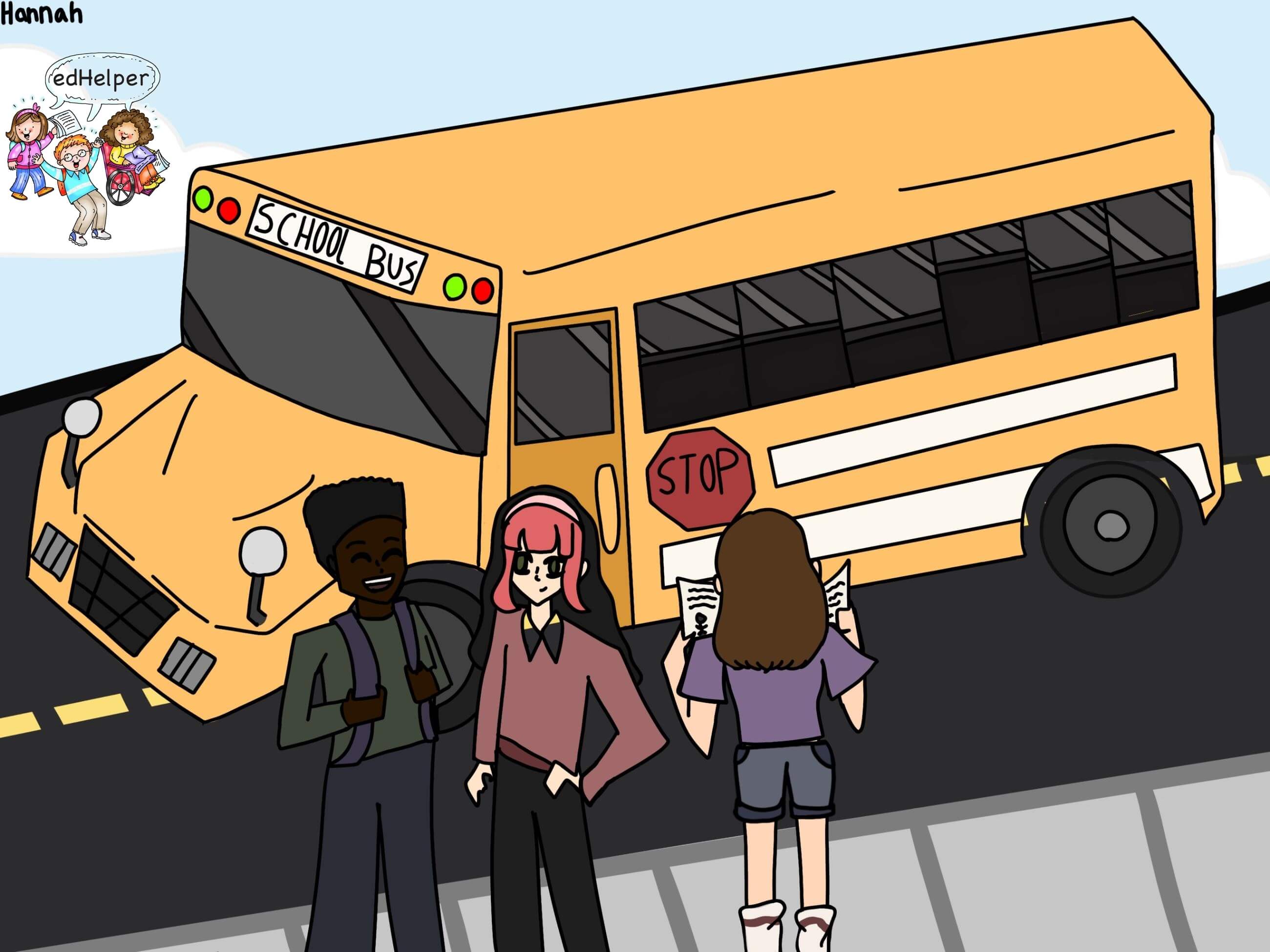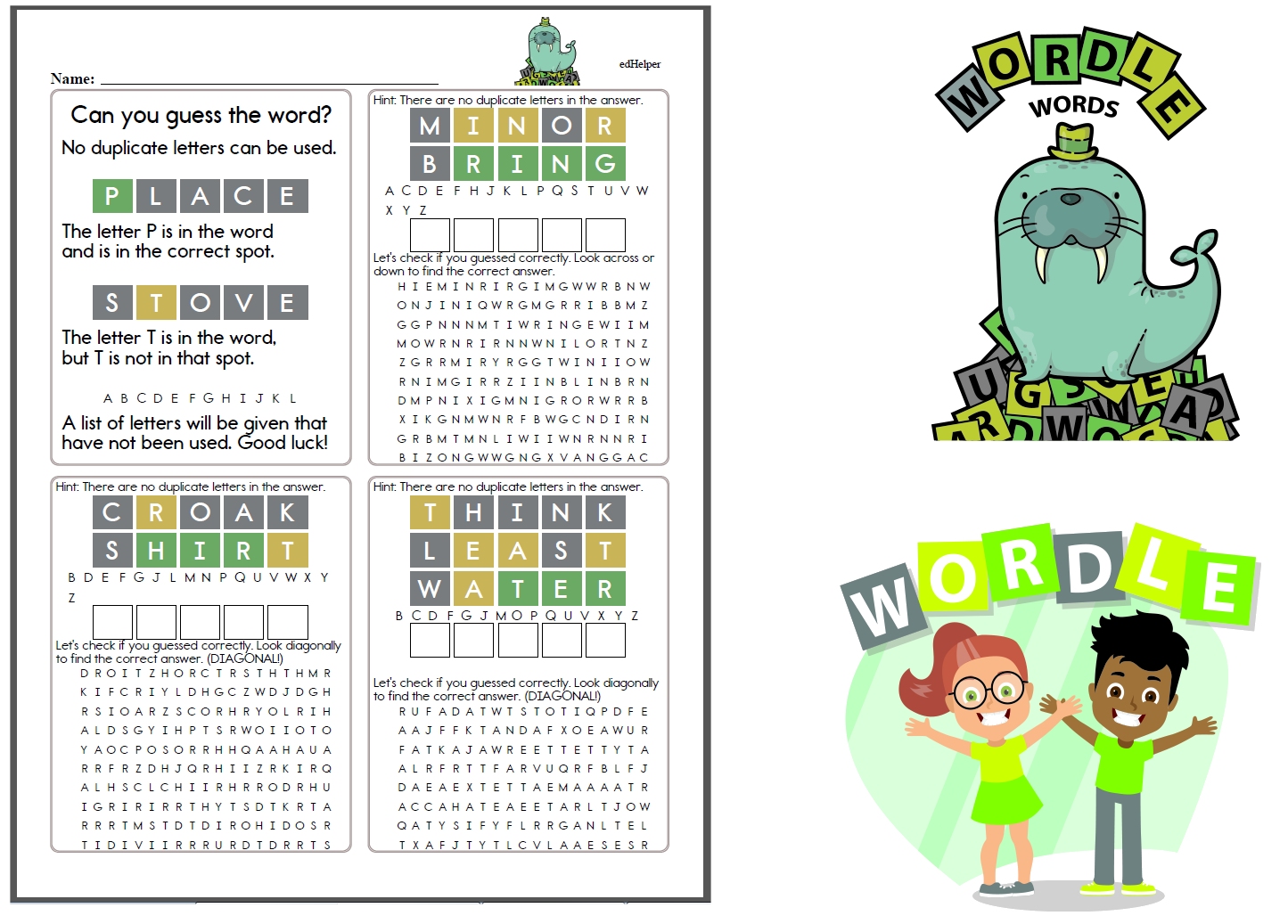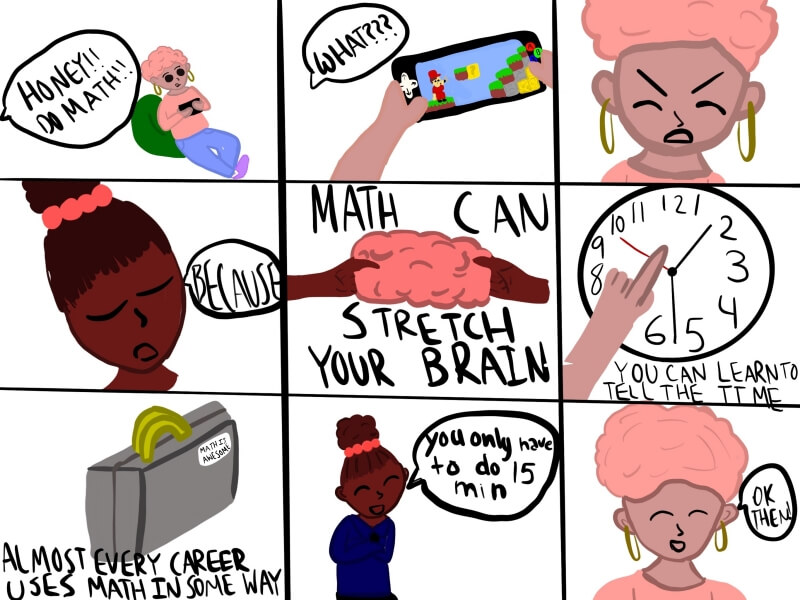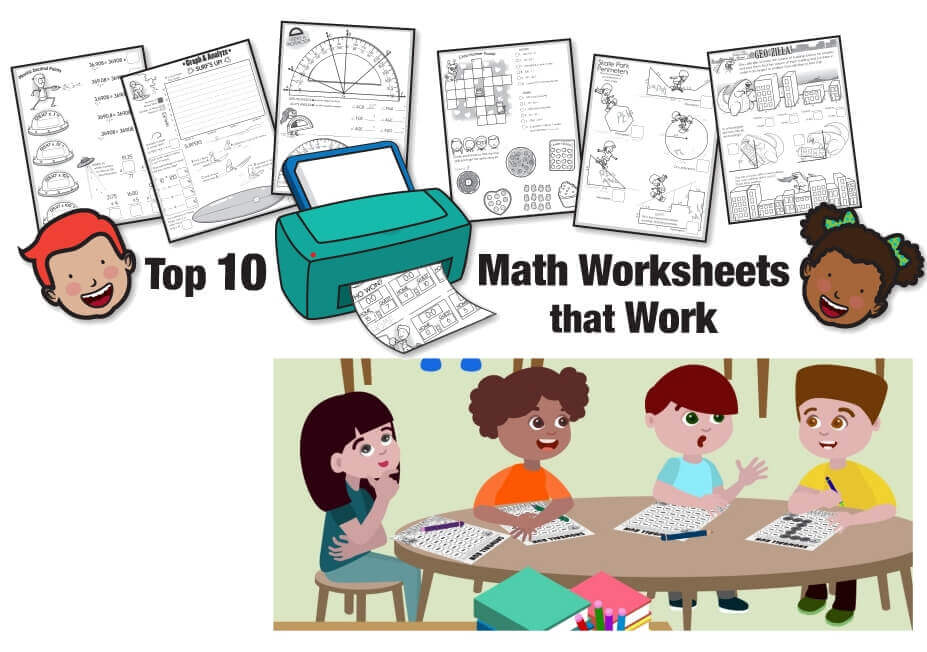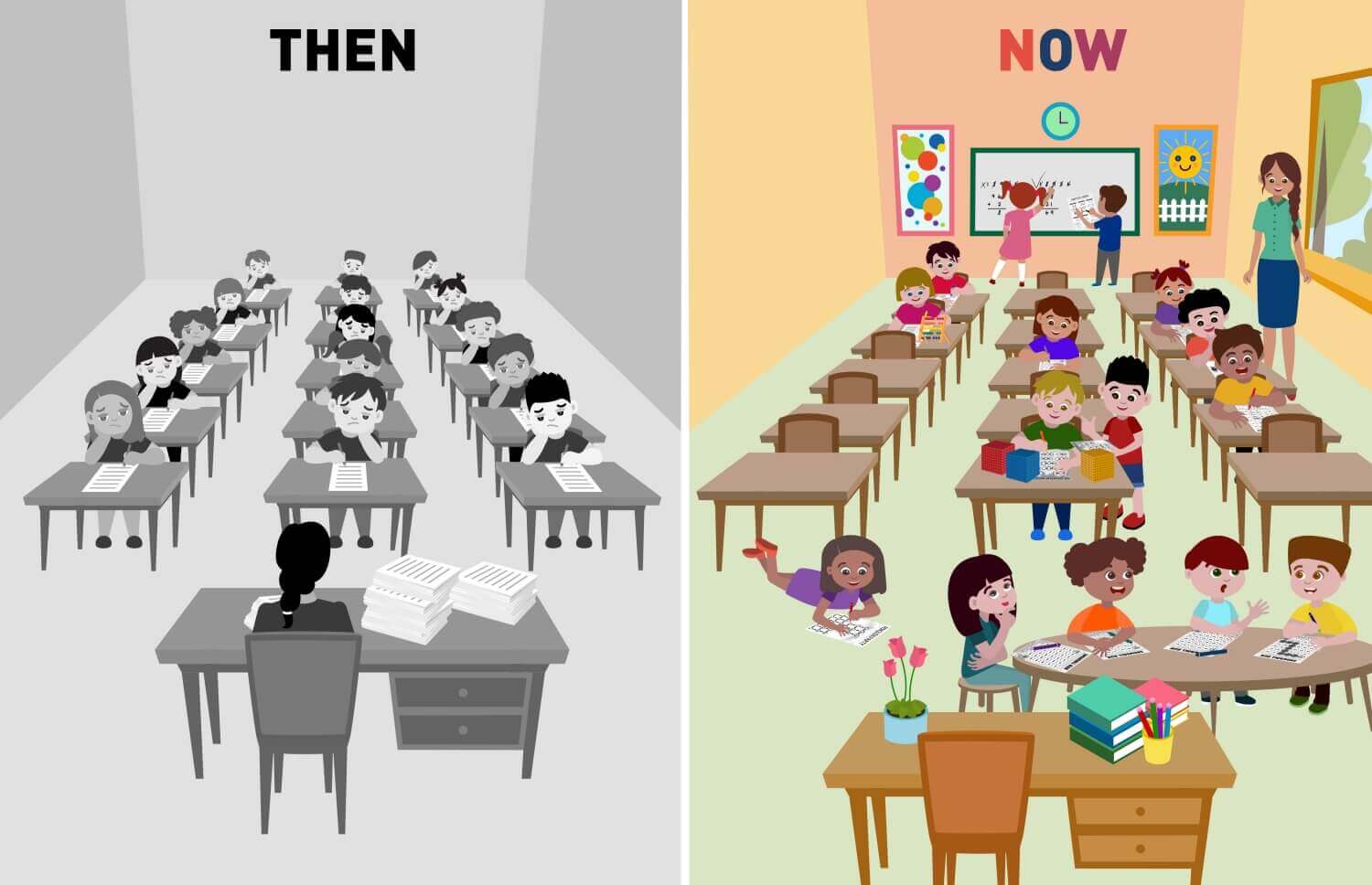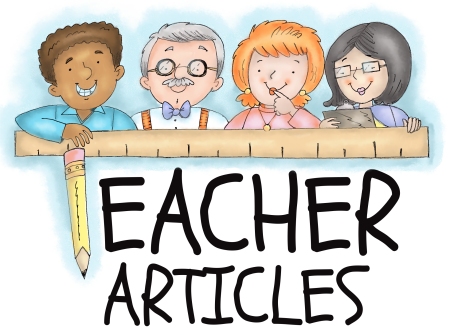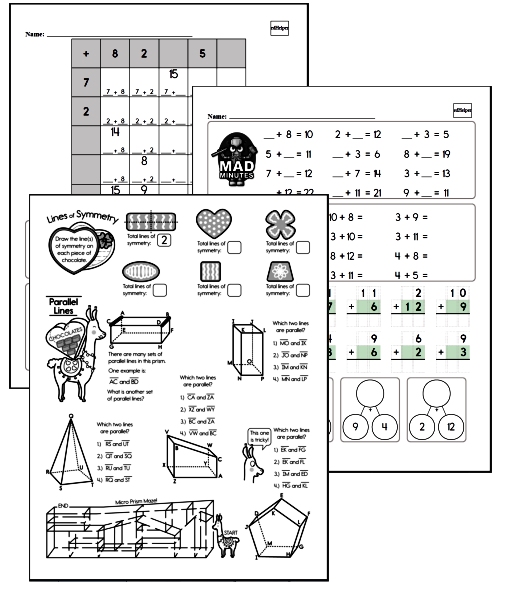Second Grade Learning Centers - The Ultimate Collection of Tips and Resources for
By: edHelper Staff
Updated: Sep 22, 2022
Well-planned learning centers are fun for students and extremely helpful for teachers. As students work independently on important educational activities, the teacher can meet with a small group of students who require more support on important skills.
Although a well-oiled workstation routine makes it look easy, if you've ever tried to create learning centers for second-graders before, you know it isn't as easy as it looks!
From general tips on creating effective learning centers to actual ideas you can use in your classroom right away, here is our ultimate collection of tips and resources for second-grade learning centers.
Second Grade Learning Center Samples
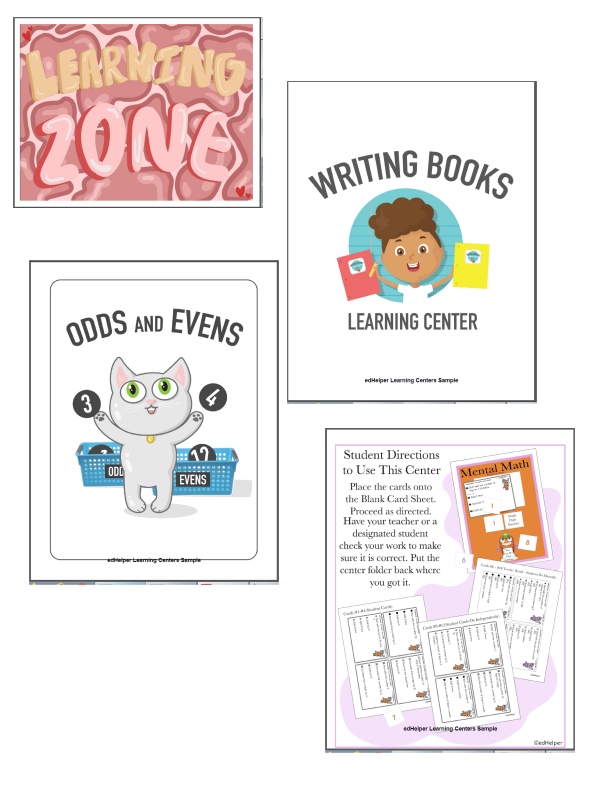
Features of Effective Learning Centers
Creating effective learning centers takes a lot more than planning an activity and letting the kids have at it. If you want students to practice important skills independently-and actually learn in the process-there are some things you'll want to pay close attention to:
- Centers are well organized, so students can easily find exactly what they're looking for, and they know exactly where to return items when they are done.
- Activities are motivating and engaging with the right combination of structure and open-ended creativity, so students of different abilities can be successful at the workstation.
- The structure of each center stays the same, so students know exactly what to expect. They are able to focus on instructional content, even when the activities at the centers change.
- Literacy and math stations are informed by ongoing assessments and observations to ensure students are practicing the skills they need the most help with.
- There's built-in accountability, which might mean the teacher explains, models, or demonstrates before students work independently.Models and examples can be used to clarify expectations, as well.
It's also a good idea to create a set of rules students are expected to follow, no matter what kind of station they are at. Go over these rules and let students practice them at the beginning of the year while you observe. That way, you can correct bad behavior before you start meeting with small groups. These rules can also be posed in your classroom so both you and your students can reference them all year long.
Here are a few rules you may want to discuss with your students:
- How far from the station are the students allowed to wander?
- What is the voice level they should not go beyond?
- How are they supposed to take turns when they are at a station with other students?
- What should they do if they finish the station early?
- How should they get your attention if they have a question?
Literacy and Reading Stations
The more often second-grade students practice working with letters and words, the more they want to read, and the more they read, the better they get at it!
That means creating different kinds of literacy and reading stations and rotating them so students have the ability to practice different kinds of skills.
A few ideas include:
- An independent reading station with general comprehension questions students can answer as they are reading a book of their choice
- Having students match contractions with the right words by playing a game of memory with another student
- A spin and write activity, where the student spins a spinner that lands on the question they have to answer about a passage they just read
- Simple puzzles with prefixes and suffixes, where students match base words to the correct affix
Writing Stations
Giving students the chance to practice writing, especially in second grade when their writing skills are evolving rapidly, is extremely important.Look for a variety of writing activities so that students of all interests and abilities are engaged.
A few writing station ideas include:
- Providing students with writing picture prompts that come with a bank of vocabulary words they can use to write a creative story
- Having students build a poem by arranging word cards in the right order, then reading the poem aloud a few times
- Letting students pick a postcard, write a letter to a friend or family member, and address it properly so it can be put in the mail
- Setting out blank comic book templates complete with pictures and speech bubbles and letting kids create their own stories
Math Stations
Math stations can be especially tricky because students must be familiar enough with the subject matter to be able to complete the activity independently. When choosing math stations, make sure you choose activities that enable students to practice skills they are already learning. Math stations are also a great way for students to practice old skills from previous math units.
Some math station ideas you can try to include:
- Having students write the time that's being shown on a clock
- Asking students to look at fraction cards and then write the corresponding fraction
- Allowing students to use manipulatives to divide large numbers by place value
- Pricing items in a basket and asking students to count out the correct change for each item
Science Centers
Science centers should match the topic you're currently studying in class. They can also focus on general science-related skills, like making observations.
Some of our favorite science center ideas include activities like:
- Sorting animal cards based on which ones are predators and which ones are prey
- Handing out a variety of measurement devices and classroom items, then allowing students to write down their observations
- Labeling the parts of a diagram, like a plant or the human body
- Letting students watch erosion in action by letting them pour water into a long container filled with different kinds of materials, like sand or soil
Morning Bins
As you wait for students to arrive in the morning, it helps to give them something to do. That's where morning bins come in!
Morning bins are a great way for students to review skills with center activities from any of the previous subjects, but you can also offer fewer academic activities that still support creativity, cooperation, and learning. These ideas also make for great rotating stations when you're looking for creative ways to keep students engaged:
- Building station with Legos, K'NEX, blocks, or Magna-Tiles
- Junk build, where students create things out of trash, such as pop bottles and cardboard
- Tablet time, with rotating apps
- Marble run that enables kids to work together to build a maze
Tips for Smooth-Running Stations
Chances are, the kids in your classroom are familiar with learning centers, as they have probably experienced them in both their kindergarten and first grade classrooms. That doesn't mean they already know what to do! It's important to gradually release expectations as students are getting acquainted with your rules and the activities in each center.
They work like this:
- Teachers offer a focus lesson on a new topic. Students aren't yet ready for independent centers.
- The teacher does the activity with the class. Students are ready for a teacher-guided small group center.
- Students can work on an activity together. Students are ready for independent centers with other students.
- Students can work on a new skill alone. Students are ready to work independently at a center.
Knowing where your students are at with regard to instruction is important because it can help you decide what types of centers your students are ready for.
Types of centers include the following:
- Enrichment centers: They are designed to expand upon a topic, supporting a common unit of instruction.
- Skill centers: Students complete an activity after a skill is taught to reinforce the information that was presented.
- Exploratory centers: Hands-on activities allow students to make meaningful discoveries without the need to be tied to a specific lesson.
For example, students may be ready for a money counting center after a few math lessons on the subject. On the other hand, you don't have to provide students with any kind of instruction for an exploratory center that's designed to get kids excited about an upcoming science unit. Kids might race cars or drop different objects from the top of a ladder ahead of a science unit on motion, for example.
Want to use these ideas in your classroom?
Second Grade Learning Center Ideas
Features of Effective Learning Centers
- Centers are well organized, so students can easily find exactly what they're looking for and know exactly where to return items when they are done.
- Activities are motivating and engaging, with the right combination of structure and open-ended creativity, so students of different abilities can be successful at the workstations.
- The structure of each center stays the same, so students know precisely what to expect and are able to focus on instructional content, even as the activities at the centers change.
- Literacy and math stations are informed by ongoing assessments and observations to ensure students are practicing the skills they need the most help with.
- There's built-in accountability, which means the teacher explains, models, or demonstrates the center activities before students work independently. Models and examples can be used to clarify expectations as well.
Learning Center Rules
- How far from the station students are allowed to wander
- What voice level they should maintain in the classroom
- How they should take turns when they are at a station with other students
- What they should do if they finish the station early
- How they should get your attention if they have a question
Literacy and Reading Stations
- An independent reading station with general comprehension questions students can answer as they are reading a book of their choice
- A game of memory two students play in which they match contractions with the right words
- A spin-and-write activity where a student spins a spinner that lands on a question they have to answer about a passage they just read
- Simple puzzles with prefixes and suffixes in which students match base words to the correct affixes
Writing Stations
- Providing students with writing picture prompts that come with a bank of vocabulary words they can use to write a creative story
- Having students build poems by arranging word cards in a certain order and then reading the poem aloud a few times
- Letting students pick a postcard, write a letter to a friend or family member, and address it properly so it can be put in the mail
- Setting out blank comic book templates and letting kids create their own stories complete with pictures and speech bubbles
Math Stations
- Having students write the time that's being shown on a clock
- Asking students to look at fraction cards, then write the corresponding fraction
- Allowing students to use manipulatives to divide large numbers by place value
- Pricing items in a basket and asking students to count out the correct change for each item
Science Centers
- Sorting animal cards based on which ones are predators and which ones are prey
- Handing out a variety of measurement devices and classroom items, then allowing students to write down their observations
- Labeling the parts of a diagram, like a plant or the human body
- Letting students watch erosion in action by letting them pour water in a long container filled with different kinds of materials, like sand or soil
Morning Bins
- Building station with Legos, K'NEX, blocks, or Magna-Tiles
- Junk build, where students create things out of trash, like pop bottles and cardboard
- Tablet time, with rotating apps
- Marble run that enables kids to work together to build a maze


